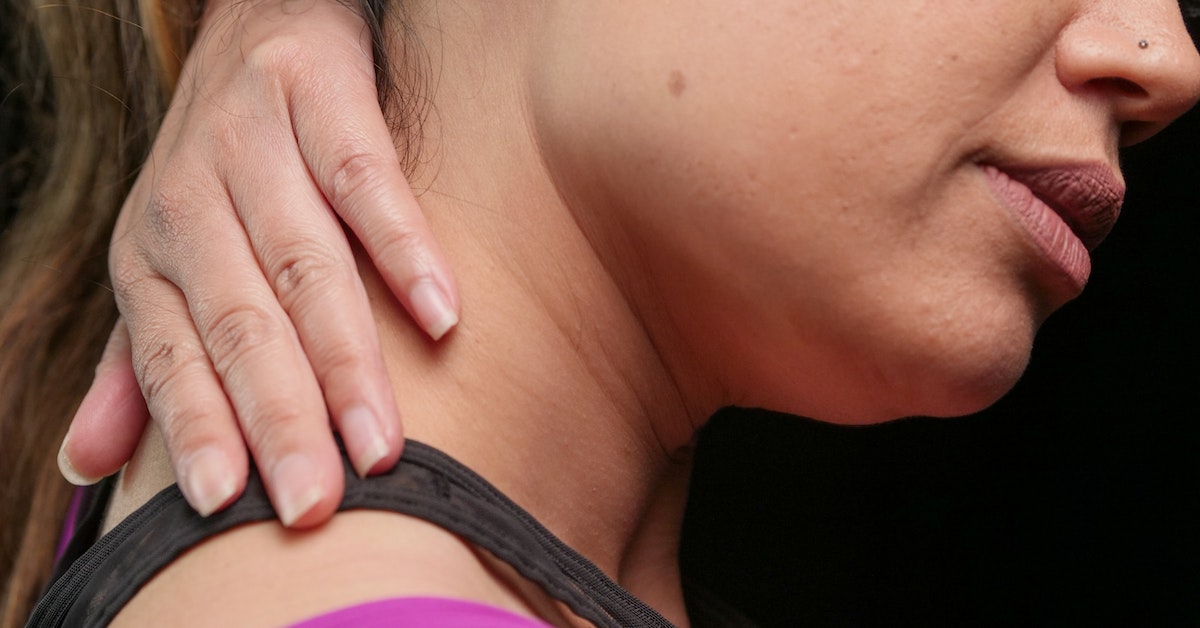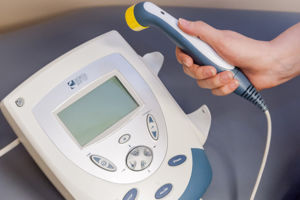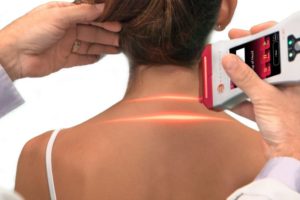Do you ever wonder why the neck or back injury you had ten years ago is still causing you pain? Trigger points may be the answer. Also called knots, trigger points form in response to an injury and often linger long after the injury has healed. Here’s everything you need to know about trigger points and the best ways to treat them.
What Causes Trigger Points?
Trigger points are sensitive areas of tight muscle fibers. When you press on a trigger point, you’ll feel pain around it and pain radiating out from it. It may even cause shooting or burning pain if it’s near a nerve. Doctors diagnose myofascial pain syndrome when a patient’s trigger points cause severe or persistent pain that disrupts their life.
The painful knots that cause myofascial pain syndrome are treatable, but many patients don’t realize they have them. Symptoms like frequent tension headaches, tinnitus, decreased range of motion, and persistent feelings of tight, achy muscles may indicate that you’re suffering from trigger points.
Muscles exposed to overuse or frequent tension from stress, poor posture, or repetitive movements are prone to trigger points. Acute injuries like whiplash or disc herniations often cause trigger points that linger after everything else has healed. This is because muscles contract in a protective response to pain and trauma. Muscles around the spine that contract due to pain caused by disc or joint injuries may form trigger points that cause chronic pain. Whiplash can lead to trigger points in the neck, shoulders, and upper back. The neck and shoulders are particularly sensitive, and trigger points in these areas can cause frequent headaches, fatigue, and dizziness.
Fortunately, safe and effective treatments can free you from trigger point pain.
Dry Needling
This technique is one of the most effective treatments for trigger points. Your provider will stimulate the sore area using tiny needles, similar to acupuncture needles. As odd as it sounds, sticking needles in the muscle actually helps to relax it. A good way to understand this is to think about progressive muscle relaxation. Many people use this technique to help them get to sleep. It involves tensing one muscle group at a time, starting at one end of the body and then releasing the tension. By consciously tensing an already tense muscle and then releasing it, we can relax the muscle. Dry needling causes something similar to happen. The muscle tenses in response to the needle and then relaxes, relaxing the trigger point with it.
Dry needling might also stimulate a healing response. The minor injury may call healing cells to the area that will help to heal the trigger point while they are there. Like acupuncture, dry needling increases endorphins, natural pain fighting, and relaxation hormones. The combination of all these mechanisms results in quick, effective pain relief.
Most patients feel relief after the first treatment but may need two or three treatments to resolve the trigger point fully.
Ultrasound Therapy
Sound waves have many fascinating uses in medicine. They can allow us to see a developing baby or a diseased organ, break up kidney stones and treat soft tissue conditions. Randomized trials have found ultrasound therapy more effective than a placebo for trigger point pain.
Ultrasound therapy uses a stronger sound wave than ultrasound imaging. The sound wave enters the injured tissues, introducing energy that causes gas bubbles around the tissues to expand and contract rapidly in a process called cavitation. It’s thought that cavitation speeds cellular healing and tissue growth processes.
The energy from the ultrasound can also heat deep tissues. Heat relaxes the muscle and brings circulation to the area to speed healing.
Ultrasound therapy can assist with relaxing trigger points and breaking up scar tissue adhesions. It’s been shown to improve pain and flexibility in the treated area.
Cold Laser Therapy
You may be familiar with light-based treatments for skin conditions, but it can also treat problems that are more than skin-deep. Cold laser therapy uses red and near-infrared light to stimulate healing and tissue building at the cellular level. The process is similar to photosynthesis in plants. Energy from these wavelengths of light acts as a catalyst for cellular processes.
Cold laser therapy can be helpful for trigger points because the knot of tissue is often damaged. Laser therapy promotes healing and relaxation and may stimulate endorphin production. It can be used alone or alongside dry needling.
Incorporating Trigger Point Therapies into Your Treatment Plan
Once they are specifically addressed, most trigger points resolve within ten days. You may only need three treatments or less per trigger point. Unfortunately, trigger points can come back and are likely to do so if the underlying problem that caused them isn’t resolved.
As mentioned above, acute injuries, posture problems (like hunching over your devices), and repetitive use can cause trigger points. So can psychological factors like stress and anxiety. It’s vital to treat the underlying cause as well as treating the trigger point itself. Chiropractic care and rehabilitation for posture problems can help correct musculoskeletal issues before they cause trigger points. These therapies can also help with stress, but if you feel chronically tense, it’s a good idea to talk to a therapist or other mental health professional.
Lifestyle changes like exercising more and setting your workspace up to discourage lousy posture can also keep your muscles healthy and less likely to form trigger points.
Trigger Point Therapy in Northern Kentucky
At All Star Chiropractic, we offer comprehensive care for patients experiencing persistent pain from trigger points and other musculoskeletal conditions. We utilize the latest technology to provide safe, effective pain relief. Our offices in Hebron and Covington are now offering dry needling and ultrasound therapy. Schedule a consultation today to discover how holistic care can improve your quality of life in 2023.







